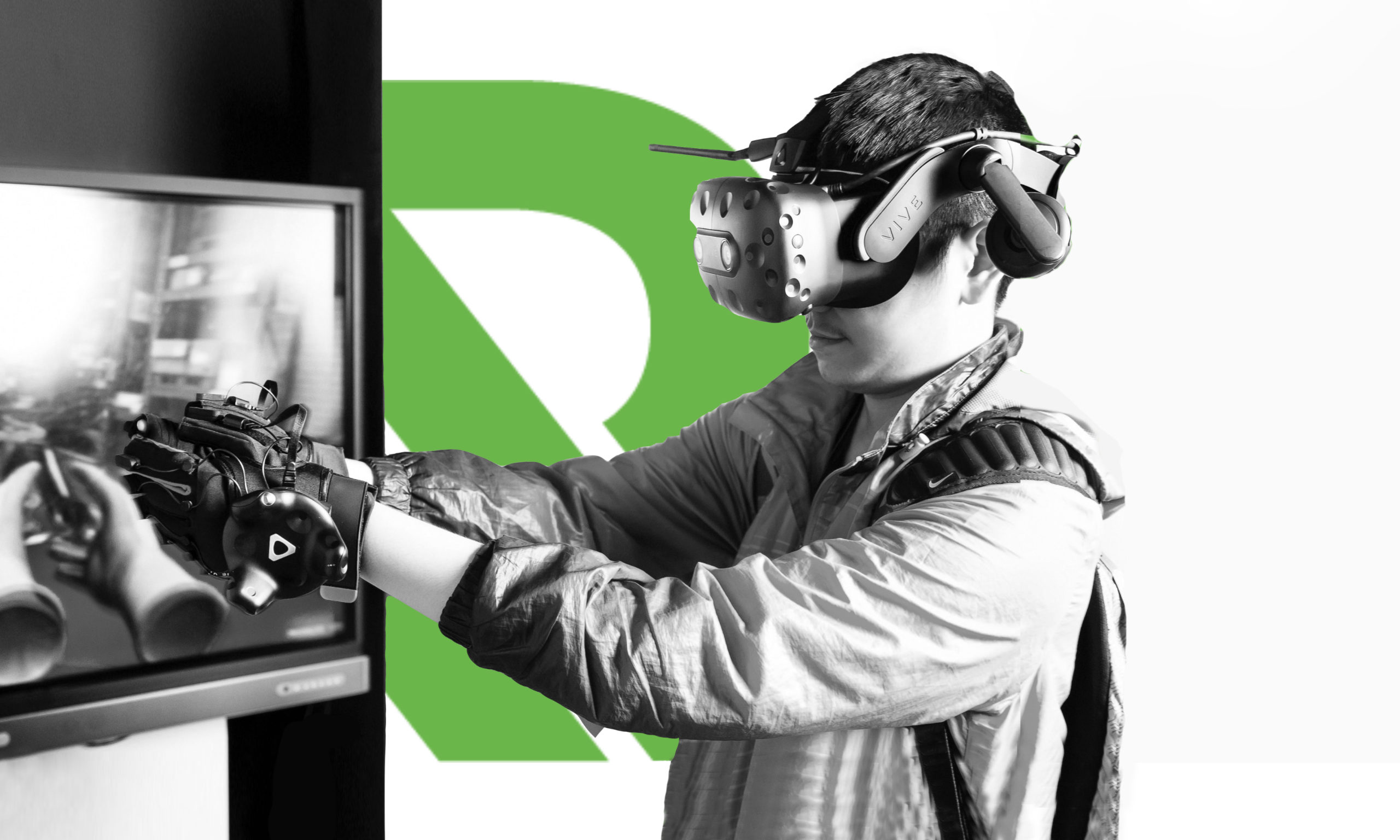Augmented reality and artificial intelligence in the manufacturing industry.
Increased production efficiency, reduced transfer costs, increased staff skills and increased employee safety are just some of the benefits of using AR and AI in the industrial manufacturing.
The reduction of the devices costs and the spread of supporting technologies are contributing to the development of innovative solutions, which become indispensable for companies in the manufacturing industry, but not only in these ones.
Let us take a step back: augmented reality is an extension of the environment in which the user is, which is enriched in real time with texts, graphics and multimedia contents. Its goal is to enhance the physical world with meaningful and relevant information.
Virtual reality changes the perception of the user, immersing people in a totally artificial environment generated by the computer. The user can always interact with the elements (objects and places) transformed into digital and perceived them through the five senses.
Mixed reality integrates digital models into the physical world: users can interact with them while remaining aware of the real surrounding environment.
Why we talk about augmented reality in industry 4.0?
Augmented reality not only guarantees rapid and effective sharing of skills, but also allows to improve diagnoses and the percentage of resolution of critical issues.
Some practical examples: often the technical staff is confronted with unknown assets, for which it is necessary to send on-site expert colleagues who are dedicated to training the resource. In the same way, any maintenance and repair interventions are also a critical issue: increasingly complex machinery requires more and more specialization, not very available and expensive. To address these aspects, technology comes into play, supporting remote training, maintenance, and collaboration.
With the support of artificial intelligence, the user can record the experience they are experiencing to be processed by algorithms and spread throughout the company. With each technical intervention, the application learns and shares the results, constantly improving the learning process.
The information can be integrated with that coming from IoT devices to visualize the data of greatest interest and act on the problems in an even more efficient and effective way.
Obviously, the current global emergency has pushed more and more organizations to use this technology, also guaranteeing greater safety for the health of staff and helping to disseminate digital information in every requested area.
The advantages
These technologies can be developed and applied in many sectors and business processes: from marketing and sales activities to technical support, from training to production and provide added value to the organizations that use them:
– Operational resources are more efficient,
– Specialized skills are more easily available to the entire company,
– Training is faster, easier, and more collaborative,
– they improve productivity and safety in the workspaces.
The combination of these technologies allows to expand operations and the connection of resources, creating a process of continuous transfer and enrichment of knowledge in the company.









